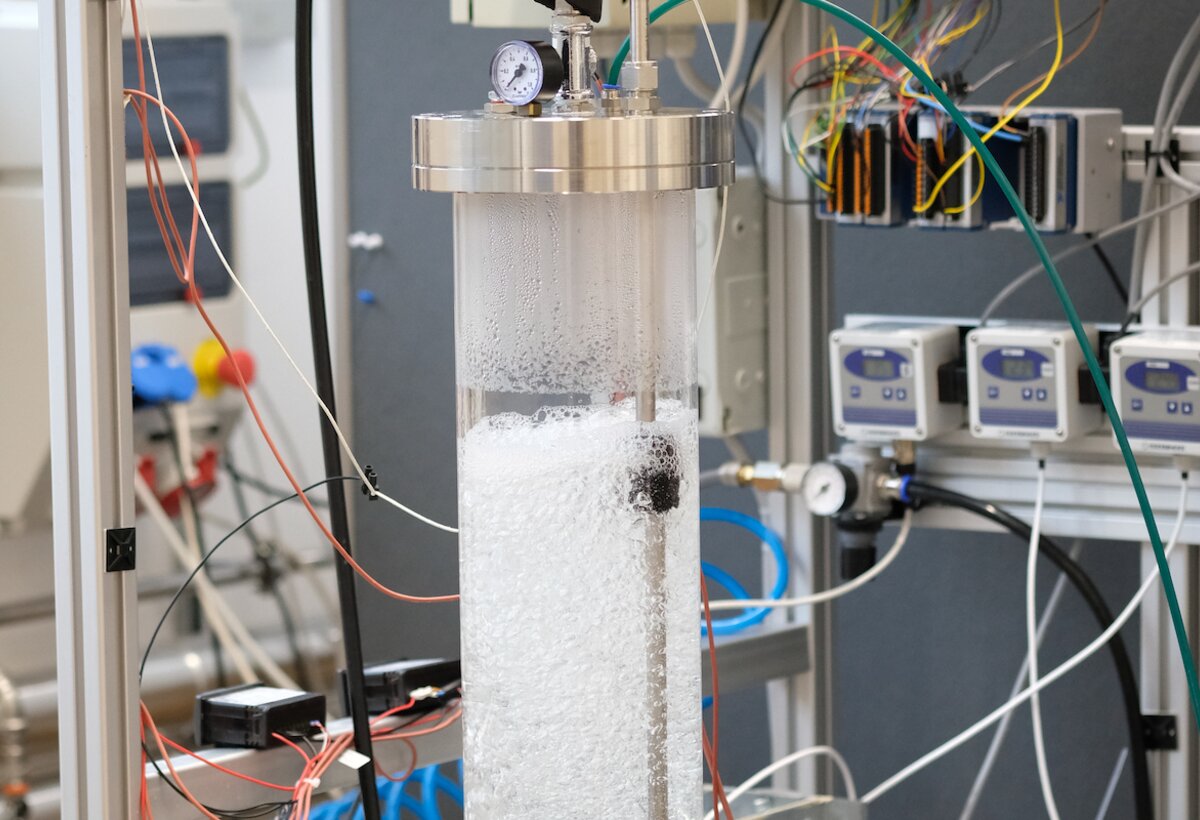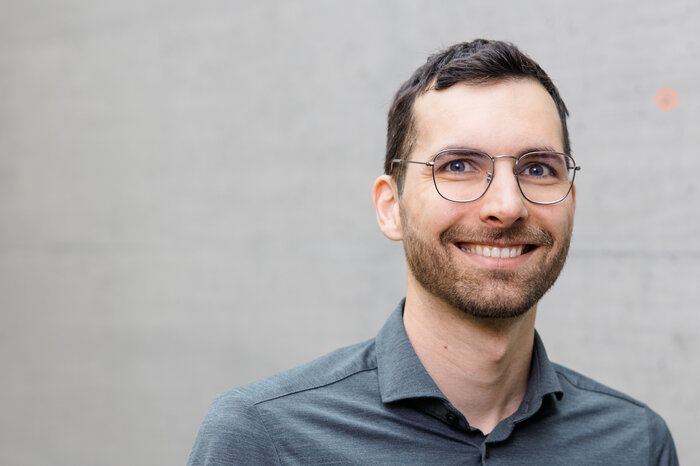Where does our water come from?
Currently, research is being conducted on technological solutions to combat an impending global water shortage. Elias Eder is working on water treatment in rural regions as part of his dissertation at the Research Centre Energy.

Although there is still sufficient drinkable water available worldwide, local bottlenecks are becoming more frequent due to inequalities in distribution. Today, more than two billion people are already affected by water shortages. So far, we in Austria have been largely spared. However, this year's record summer has shown us that the climate problem is very much accompanied by a water problem. Extreme events such as the drought that hit Europe this summer show us that we urgently need technological solutions to combat an impending global water shortage. This is because although there is often still sufficient water in regions affected by water scarcity, it is usually not of drinking water quality. Various processes for treating contaminated or highly saline water are therefore being researched and also used industrially.
For several decades now, specific processes have been used in coastal regions to desalinate seawater. A distinction is made between thermal and membrane-based processes. Thermal processes, which are predominantly used in the Arabian Peninsula, are mostly used on a large industrial scale, with a production volume of up to two million m³ per day. They are coupled with steam power plants based on fossil energies. In western coastal regions, on the other hand, seawater is desalinated almost exclusively by reverse osmosis with the aid of membranes. The specific energy input is much lower, but the process is also technologically more demanding. Both processes are only suitable to a limited extent for treating water in rural regions. Very often, however, it is precisely these regions that are particularly hard hit by water shortages.
HDH process investigated in dissertation
In my dissertation, I studied an alternative approach to water treatment in rural regions: The so-called humidification-dehumidification process (HDH process) is based on the natural water cycle. The carrier medium air is saturated with water vapor in a humidifier unit in direct contact by evaporation and heated before the warm, humid air cools down again in a dehumidifier and the water vapor condenses. This process is simple to apply. It can be operated on a small scale with a production volume of about 15 to 30 m³ per day and beyond, using renewable energy sources.
To increase the efficiency of this process, I have studied in detail the humidification of air in a bubble column reactor. Bubble column humidifiers work much better compared to conventional humidifiers because they ensure a very high contact area for humidification by dispersing in the form of small air bubbles.
Optical analyses of the bubble regime
I have parametrically characterized both desalination of seawater and purification of oily industrial wastewater in an experimental test setup. Through optical analyses of the bubble regime, I was able to determine the mean bubble size and coherently the contact area between air bubbles and liquid. This process was exciting to perform and also looks cool. In addition, however, I also thermodynamically modeled the bubble column humidifier to better understand the combined heat and mass transfer process.
Targeted application of the aggregates
The combination of measurements and modeling ultimately showed that humidification in a bubble column humidifier actually works much more efficiently than previously thought: Most of these aggregates were simply oversized by a factor of several times. Based on my research, aggregates can be designed specifically for the specific application in the future. I am glad that I was able to work on such a necessary as well as fundamental topic with a high degree of research flexibility at the FHV.
Dissertation: Characteristics of air-liquid heat and mass transfer in a bubble column humidifier
Contact
October 2022





